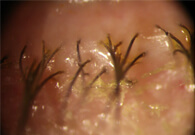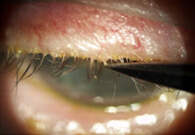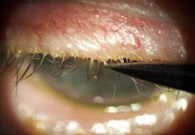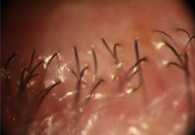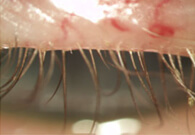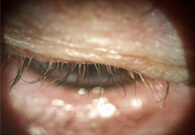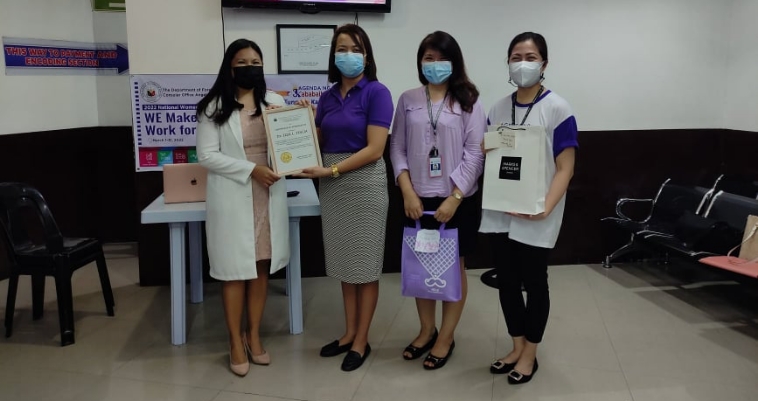
Most Common Eye Diseases
Dr. Izza Italia | August 1, 2022
In March 2022, we celebrated Women’s Month and the Department of Foreign Affairs invited me to elucidate common eye issues faced by women. I was so honored to be invited as a guest speaker, especially speaking to the employees in this government agency who helps Filipinos experienced an equally amazing world outside the Philippines. My goal is to relate eye issues to women empowerment, the celebration of Women’s month. I began by introducing myself as an Internationally trained Ophthalmologist in Singapore. Living outside the Philippines gives you new perspective on current homeland issues and at the same time, appreciate the beauty that is unique in the Philippines and some hope for the future of our country. I also related that empowered women would also empower men and the whole society and showed the empowered women that inspired me in my career.




Now the three most common issues faced by women today are – dry eyes, refractive errors and cataracts.
Dry eyes syndrome is related to environment, humidity, prolonged screen time, hormonal imbalances, medications, radiation, eye surgeries like LASIK/PRK. Overall, it is also related to general health, and how healthy is the surface of the eye, like the eyelids, eyelashes, cornea and conjunctiva. Symptoms of which are gritty feeling, redness, temporary blurring of vision, puffiness, itchiness, foreign body sensation.
There are different mechanisms of dry eyes and a clinic examination helps ophthalmologists determine the types and causes of dry eyes. Treatment is depending on the type of dry eyes and the need of the patient.
Refractive errors are also of different types. The most common is near sightedness or myopia which is a current global epidemic, there is also far sightedness or hyperopia, astigmatism or different visual focus inside the eye and presbyopia or the need for reading glasses. These refractive errors come about from the differing configuration of our natural lens system we inherit from our parents, the daily environment we are accustomed to work, and the wear and tear of our lenses.
There is different treatment available for our partners ranging from eyeglasses, contact lenses, myopia progression therapy, orthokeratology, LASIK/LASEK/PRK, intraocular collamer lens implants (ICL) and surgical refractive lens exchange (RLE).
Cataracts are everyone’s inherent reminder to take care and appreciate our bodies. The natural clear lens will age and turn yellowish, whitish, graying giving the patient a blurry, cloudy, vision. This begins earlier in people who have uncontrolled blood sugar, smoking, and the duration of exposure to UVA/UVB. This phenomenon is irreversible, for mild cataracts and still with good visual potential, there is an option to observe the progression. However, for visually disabling cataracts, cataract removal procedure is the next option where the aged lens is replaced with a biocompatible clear lens implant.
In summary these are the most common eye issues in the society. Early recognition of eye problems helps us intervene early for our patients to continue a lasered focused vision.




